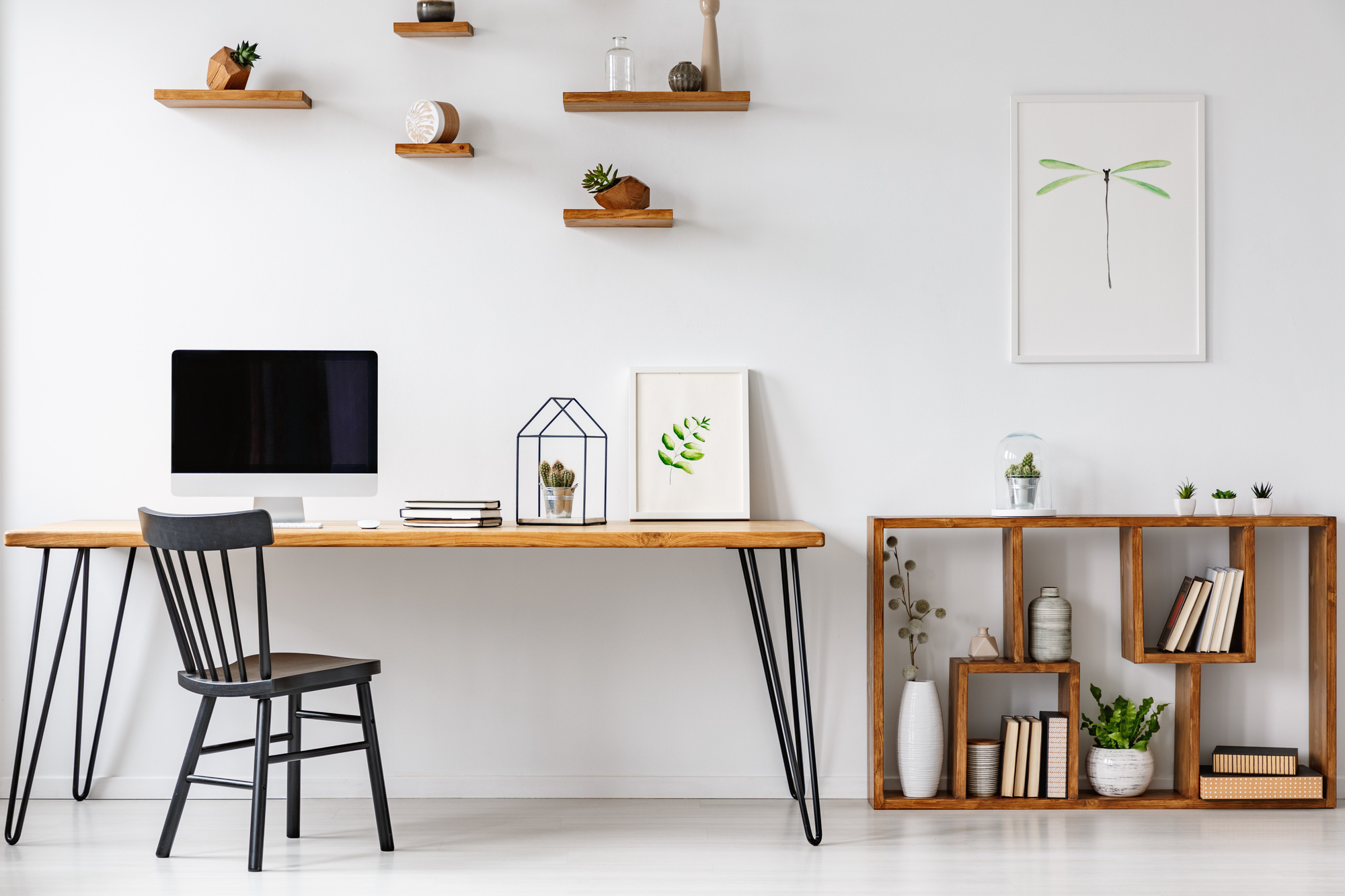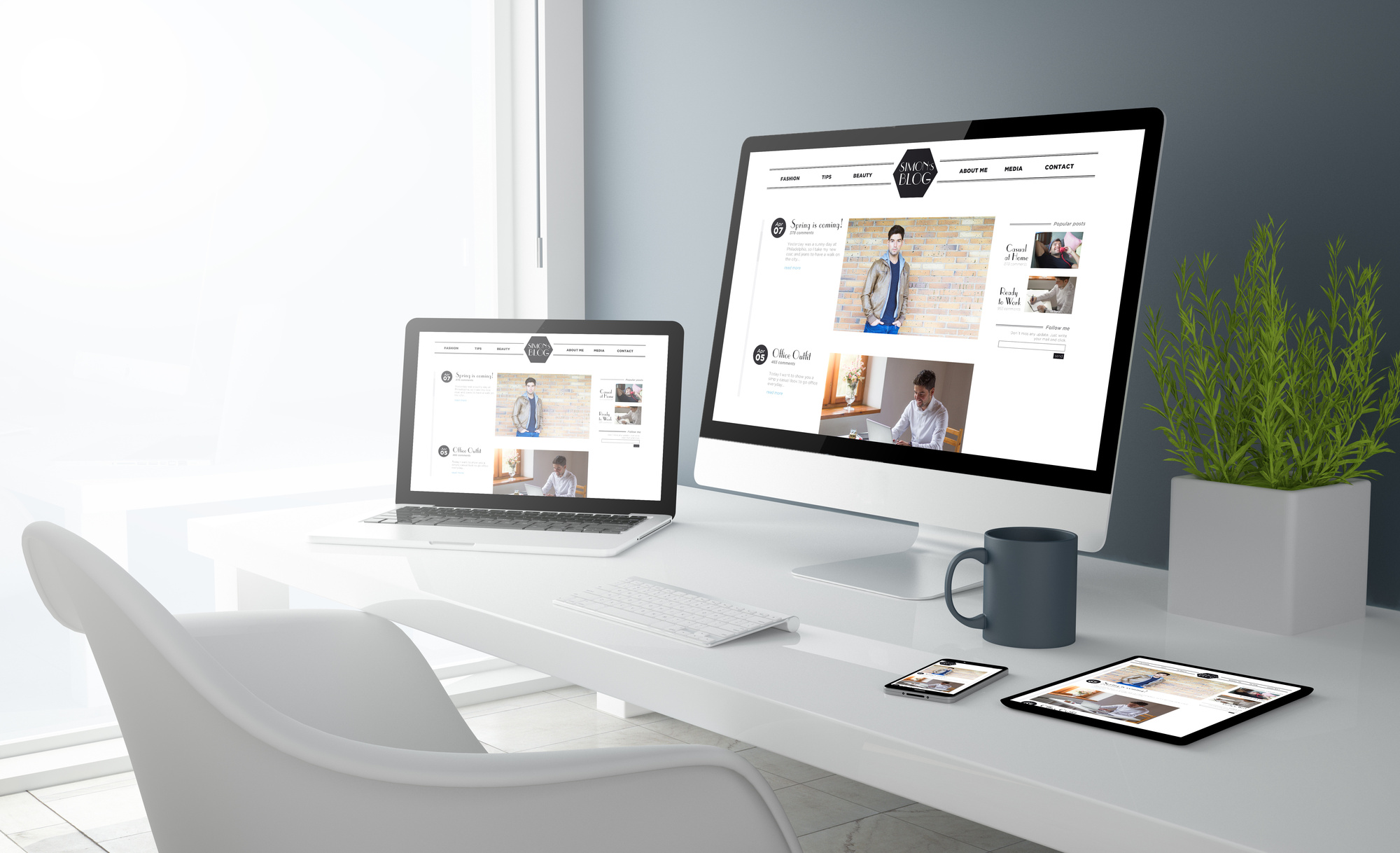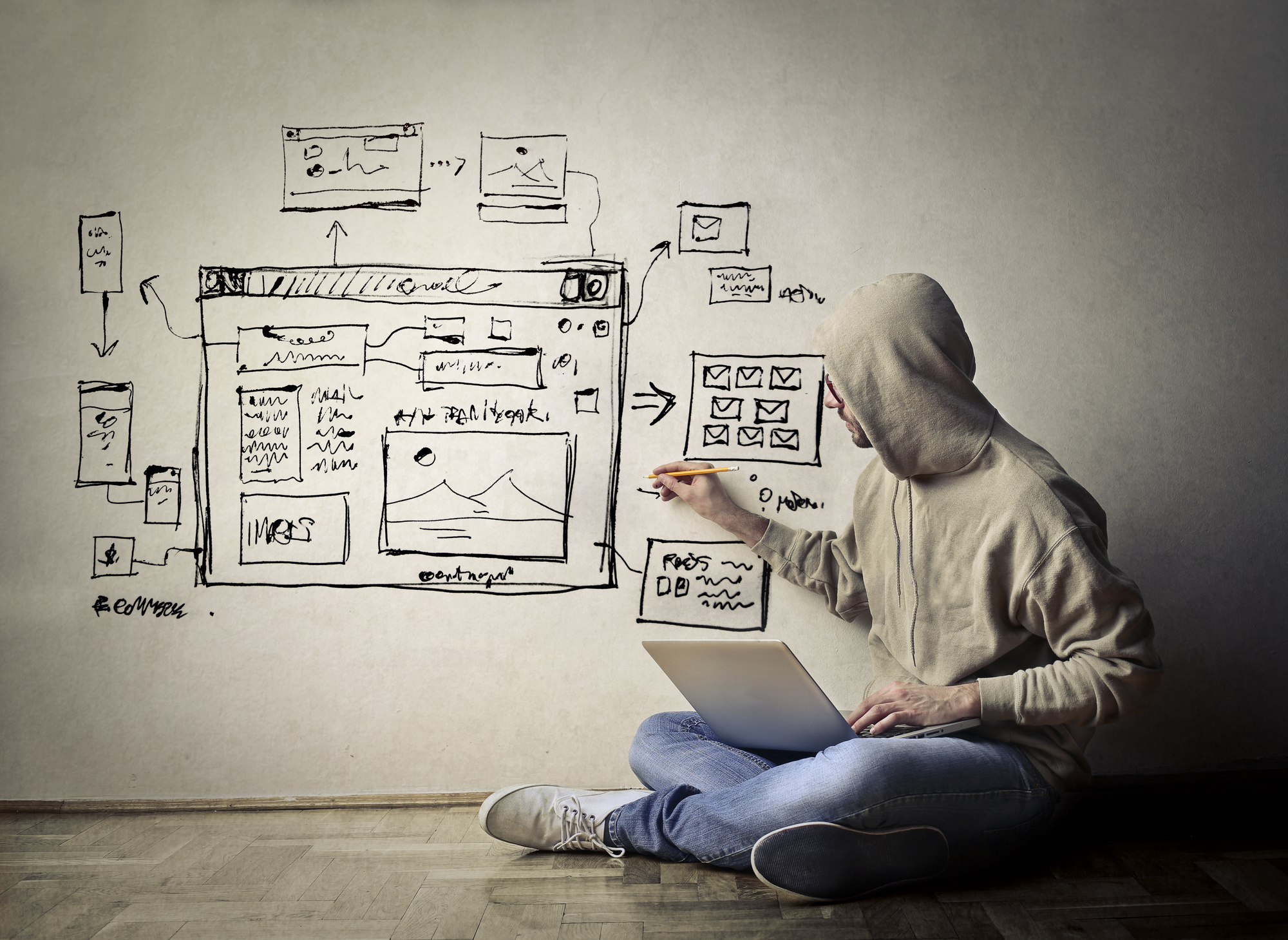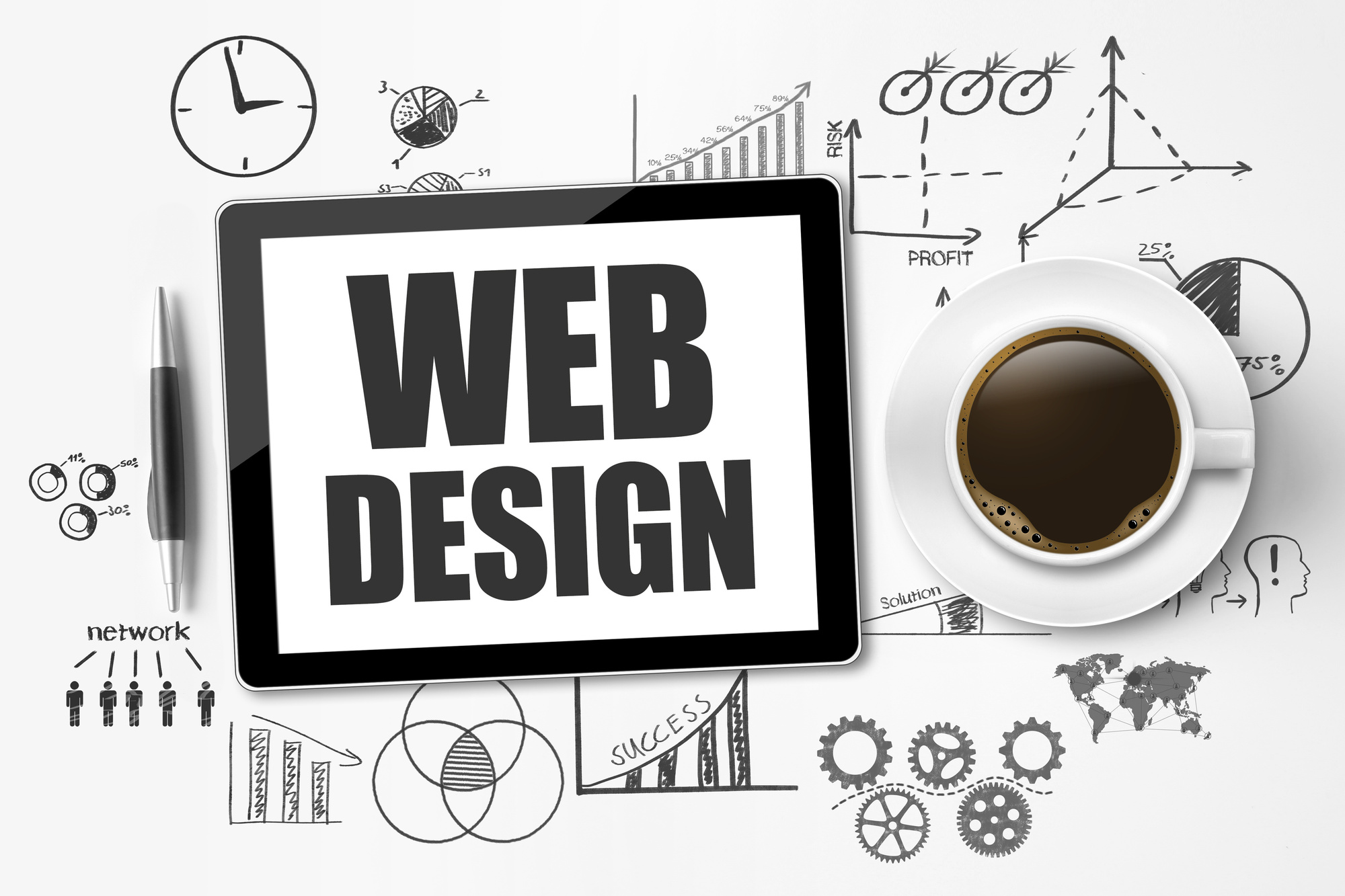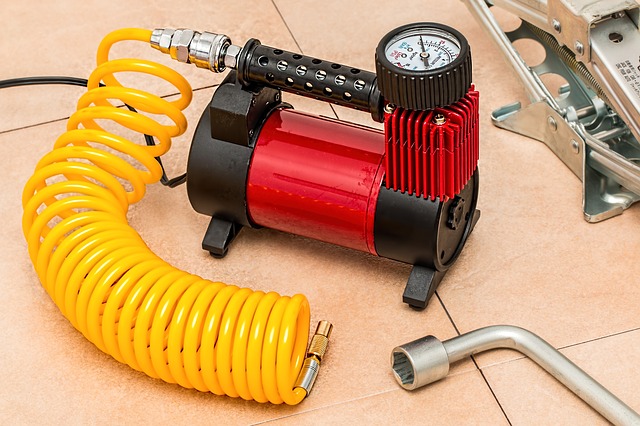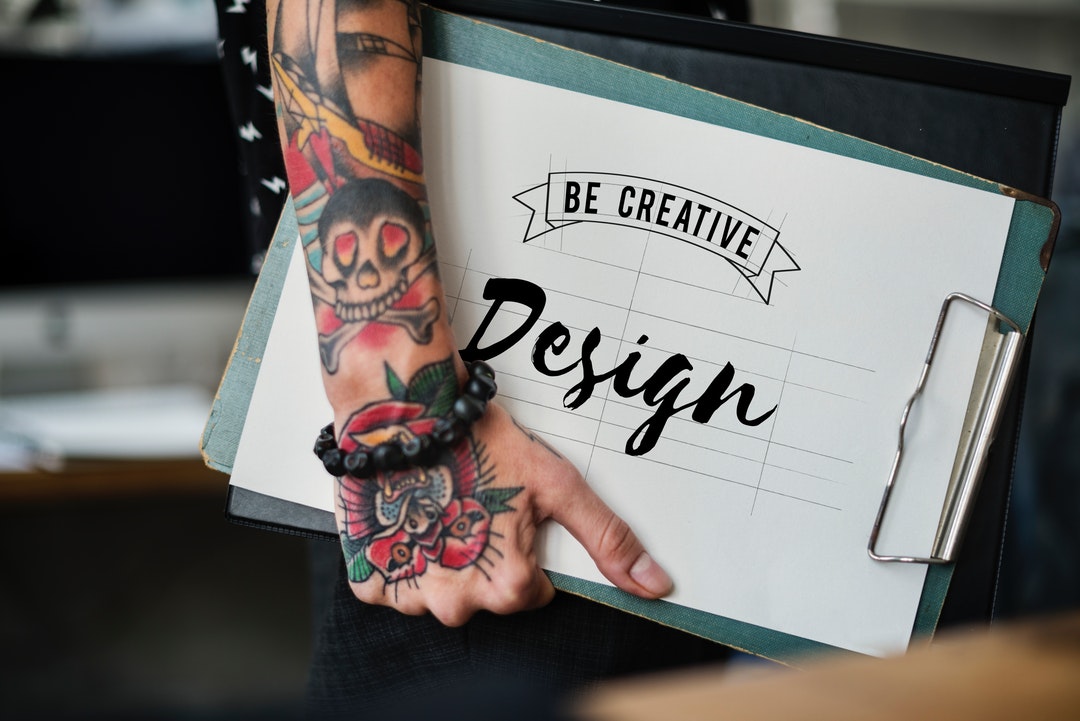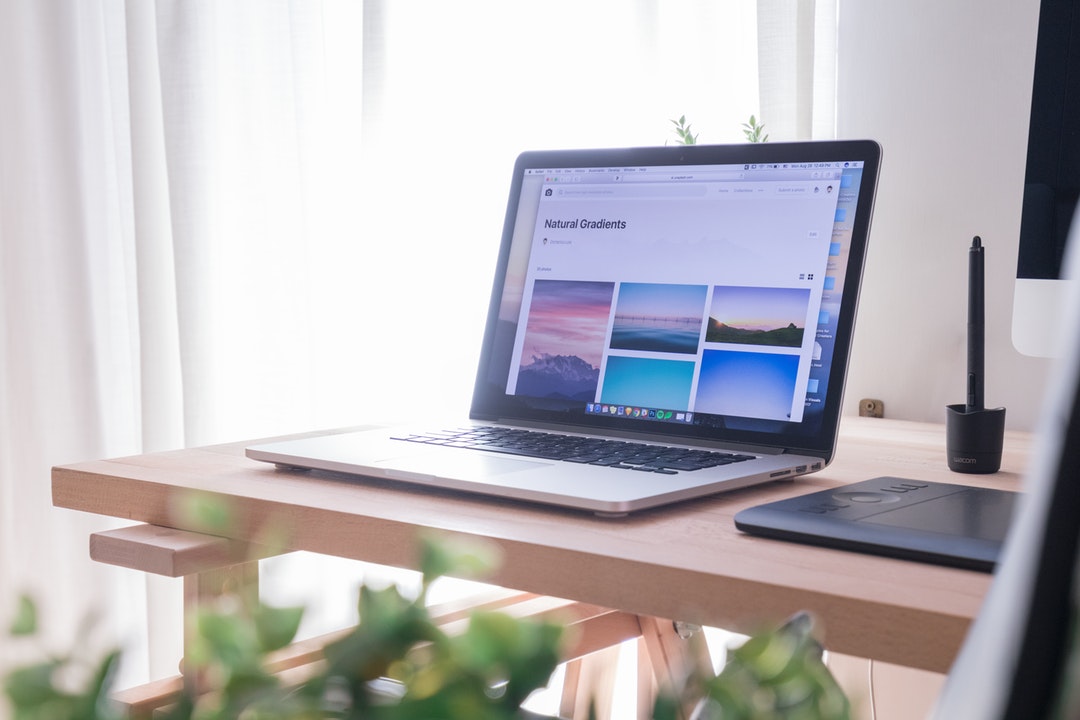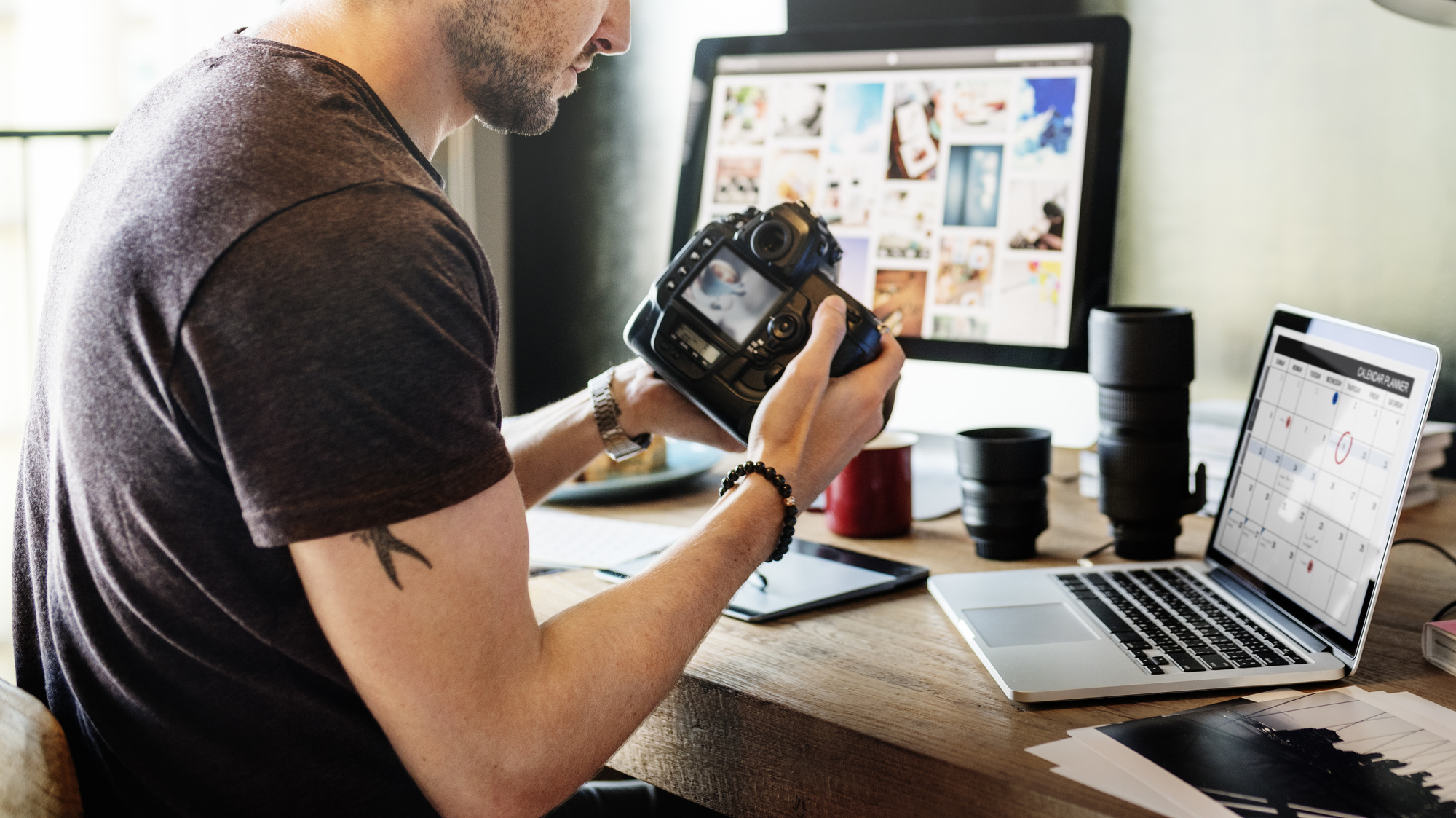Looking for powerful images that can help boost your customer engagement and web conversions?
There are hundreds of thousands of images available on the web, but how do you know which ones will work best for your website?
Choosing the right image can make or break a design project. It’s hard to tell what works and what doesn’t before you see it in action. And even then, there are so many factors that go into making an image “work” that it can be tough to pinpoint exactly why one is better than another.
But don’t worry! Keep reading because in this article we’ll show you how to choose powerful images for your website using proven methods from professional designers who have been doing this every day for years.
1. Be Aware of Current Trends
If your company is on the cutting edge, then you can experiment with trendy images that will be new and fresh for some time. With websites like Dribbble, Flickr, and Google Images, it’s easy to find beautiful imagery that has yet to become overused. If you are trying to portray a specific vibe or emotion then consider looking at pictures based on their emotions.
For timeless, professional photos, you should look to work with photographers like Graham Keen.
2. Use Real Photos!
Using stock photos is so 2000s! Digital design companies are using more real photos now than they ever have before because they look good, but most importantly they look real! Incorporating powerful imagery into your website design can help people trust how authentic your company is.
3. Mix Real Photos with Stock Imagery
Stock imagery is great to use in moderation, especially if you are trying to make your website look clean and professional. Having even one real photo can add a sense of authenticity, but having too many stock photos can make your site feel cheap. Diversifying the number of images that are available on your website can help you appeal to a wider audience because it makes your content seem more relatable.
4. Content is King! Always Choose Quality Over Quantity!
Having enough visual content for your website is important, but don’t cram every single image into one page just for the sake of spicing up the design. A lot of websites may take this approach, but spacing out your images and using multimedia will make your website more visually appealing. Quality over quantity always!
5. Use Negative Space to Your Advantage
Negative space is the area of a design that isn’t taken up by any specific element. This could be an empty area on a website or an unused part of an image. Clever use of negative space can add depth and interest to your design, so experiment with different ways to use it!
6. Be Mindful of File Size
While big, high-resolution images may look great, they can also slow down your website. Always make sure that the file size of your images is appropriate for web use, otherwise, you’ll have unhappy customers who are waiting forever for your pages to load!
7. Think About the Backgrounds You Choose
The background of your website can greatly affect how people view your content. For example, if you have a bright image with a very busy background, then some viewers might have trouble figuring out what the main focus is.
8. Don’t Forget to Add Focus Areas
Ensure that images are having their intended effect by clearly focusing on one area at a time! Having more than one focal point can confuse your audience and bore them, so always pick just one place for the eye to go first. With images especially, it’s easy to get distracted by everything going on in the photo so be sure to consider this when choosing images for your site.
9. Black Is My Favorite Colour
Black is the color of sophistication. Most websites are either all black or have a very dark grey tone, so if you want to stand out why not incorporate some dark imagery in your design! It’s sleek and subtle, but still eye-catching.
10. Limit Colour Variations in Your Images
If you do use more than one color in your images, then make sure that they’re spread out properly throughout the photo. Having too much variation will confuse your audience because it changes what they should be focused on; try sticking with two colors maximum for all of your photos!
11. Use Symbols to Convey an Idea
Having strong symbols like arrows or circles can help communicate what certain parts of a mean . This works really well with images because it’s a way to show what you’re talking about without having to use actual words.
12. Give Navigation a Purpose
If your site flows well and the navigation is clear, then people will know where they are going and won’t get lost. Sometimes designers can forget that adding navigation bars is important for keeping your audience engaged! Make sure that all of your navigation links make sense and click through to find what your users want.
13. Use a Grid System for a Streamlined Design
Grids are really useful if you’re not confident using certain design elements like imagery or text styling. Grids basically help align slightly “off” things into place, creating a more organized appeal. Whether you use Photoshop or some other software, grids are a great way to achieve a streamlined look for your website.
14. Add Transitions and Animations for Interest
Adding some movement can really add an extra layer of interest to your website design. This doesn’t mean you need to go overboard with animations and transitions, but a subtle effect can help capture attention and keep people engaged.
15. Be Consistent With Your Design
If you have a specific style that you’re going for, then make sure that all of your images reflect that. Having inconsistency throughout your site will only serve to confuse and frustrate your audience, so be sure to take the time to choose cohesive images!
Want More Help Picking the Most Powerful Images For Your Website?
We hope this post has been helpful for you and we encourage you to contact our team of experts if there is anything else that we can do. What are your thoughts about the power of images in digital design? Do you agree with what we’ve discussed here, or would like us to explore other aspects of this topic more deeply? Let us know by commenting below!
Also, don’t forget to check out our blog for more articles on choosing photographers for powerful images.

